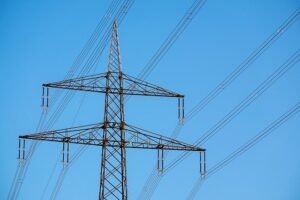What is called phase imbalance in a 3 phase electrical system?
Phase imbalance in a three-phase electrical system refers to a situation where the phase-to-neutral voltages of the three phases are not equal. In a balanced three-phase system, the phase-to-neutral voltages of all three phases are equal, and the phase currents are also equal in magnitude and phase angle. However, if the phase-to-neutral voltages are not equal, it means that the system is not balanced, and this can lead to problems such as increased power losses, increased heat generation, and increased stress on the electrical equipment.

There are several causes of phase imbalance in a three-phase system. One common cause is unbalanced loading on the system, which can occur if one phase has a significantly higher or lower load than the other two phases. Another cause is an unbalanced voltage on the system, which can be caused by a variety of factors such as an unbalanced distribution of the load, unbalanced phase resistance or reactance, or an unbalanced power factor.
Phase imbalance can have a number of negative effects on a three-phase system. It can cause increased power losses due to the increased current flowing through the system, which can lead to higher energy costs.
It can also cause increased heat generation in the electrical equipment, which can lead to reduced equipment life and increased maintenance costs.
In addition, phase imbalance can cause increased stress on the electrical equipment, which can lead to premature failure. It is therefore important to maintain a balanced three-phase system in order to minimize these negative effects.